Growing Environmental Awareness
The increasing awareness of environmental issues among consumers and businesses is driving the solar panel-recycling market. As more individuals recognize the importance of sustainability, there is a heightened demand for responsible disposal and recycling of solar panels. This trend is reflected in the rising number of states implementing regulations that promote recycling initiatives. In 2023, approximately 20 states in the US adopted policies aimed at enhancing recycling efforts for solar panels, indicating a shift towards a more sustainable approach. The solar panel-recycling market is likely to benefit from this growing consciousness, as consumers seek to minimize their ecological footprint and support eco-friendly practices.
Economic Incentives for Recycling
Economic factors play a crucial role in the solar panel-recycling market. Financial incentives, such as tax credits and grants, are increasingly being offered by state and federal governments to encourage recycling initiatives. For instance, the US government has allocated over $50 million in grants to support recycling programs in 2025. These economic incentives not only reduce the cost burden on consumers but also stimulate investment in recycling technologies. As a result, the solar panel-recycling market is expected to expand, driven by the financial benefits associated with recycling and the potential for job creation in the green economy.
Rising Demand for Renewable Energy
The increasing demand for renewable energy sources is indirectly influencing the solar panel-recycling market. As the adoption of solar energy continues to rise, so does the volume of solar panels reaching the end of their operational life. In 2025, it is estimated that over 1 million tons of solar panels will require recycling in the US. This surge in demand for solar energy translates to a corresponding need for effective recycling solutions to manage waste. The solar panel recycling market is likely to expand as stakeholders recognize the importance of recycling in supporting the growth of renewable energy and mitigating environmental impacts.
Legislative Support for Sustainable Practices
Legislation aimed at promoting sustainability is a key driver of the solar panel-recycling market. Recent laws have been enacted to mandate the recycling of solar panels at the end of their life cycle, ensuring that manufacturers take responsibility for their products. In 2025, several states have introduced bills that require solar panel manufacturers to establish take-back programs, which could significantly increase recycling rates. This legislative support not only encourages responsible practices but also fosters a circular economy within the solar industry. Consequently, the solar panel-recycling market is poised for growth as compliance with these regulations becomes essential for manufacturers.
Technological Advancements in Recycling Processes
Innovations in recycling technologies are significantly impacting the solar panel-recycling market. Advanced methods for recovering valuable materials from solar panels, such as silicon, silver, and other metals, are being developed. These technologies enhance the efficiency and effectiveness of recycling processes, making it more economically viable. For example, new techniques have been shown to increase material recovery rates by up to 90%, which could lead to a more sustainable supply chain for solar panel production. As these advancements continue to emerge, the solar panel-recycling market is likely to experience growth, driven by the need for efficient recycling solutions.


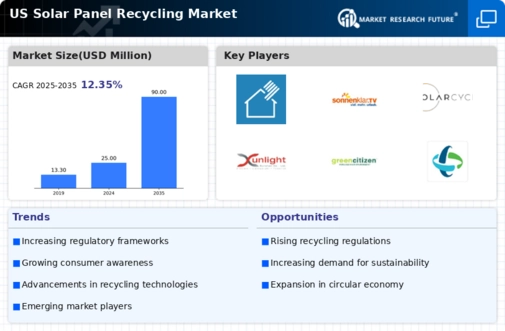
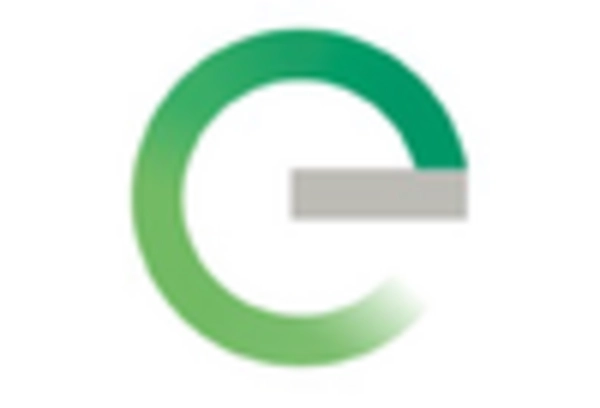
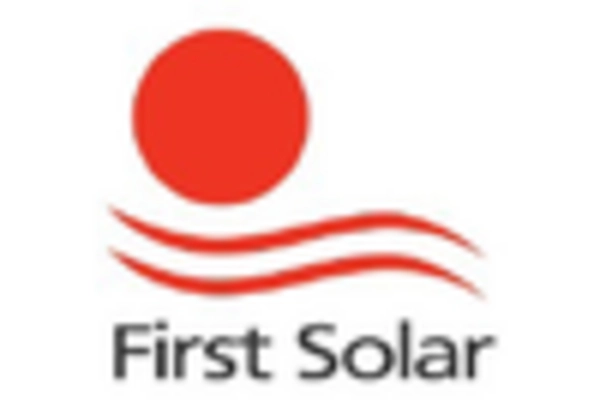
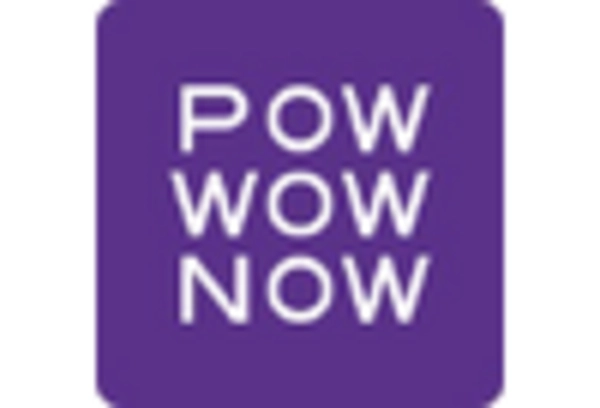
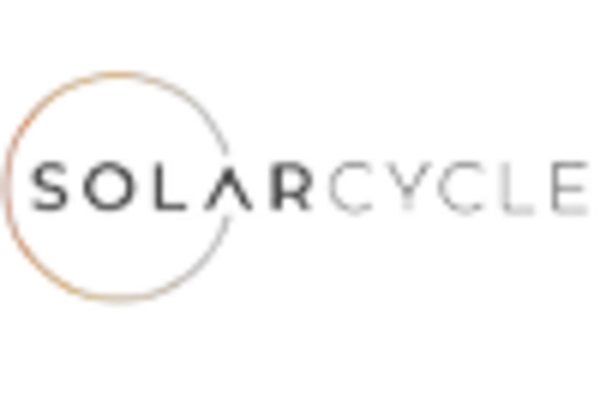
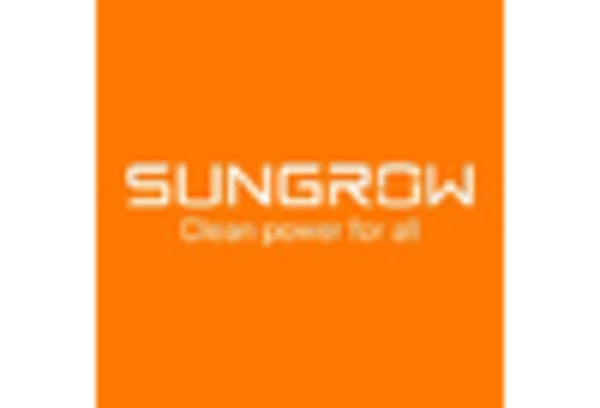
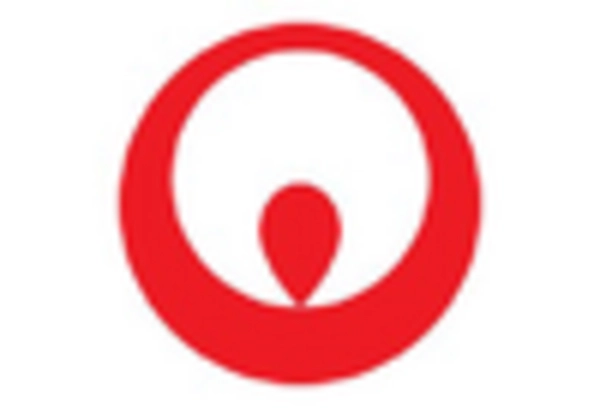








Leave a Comment